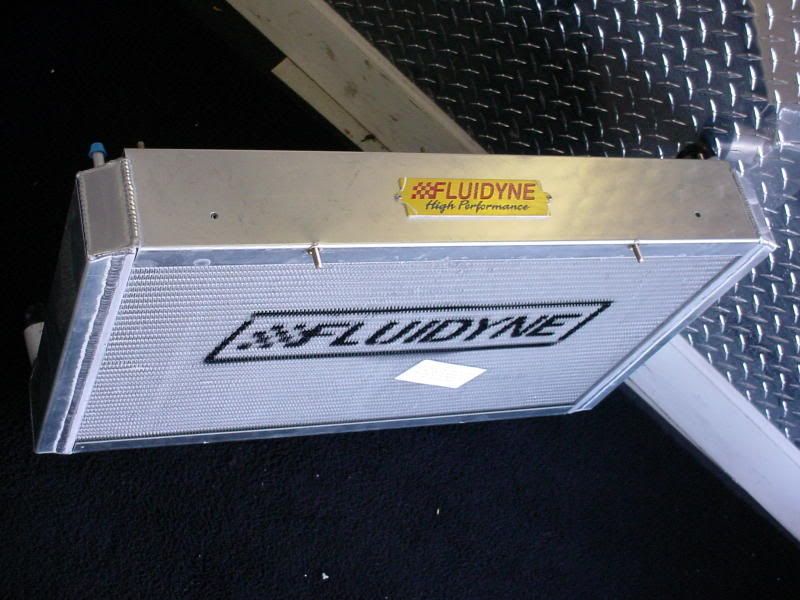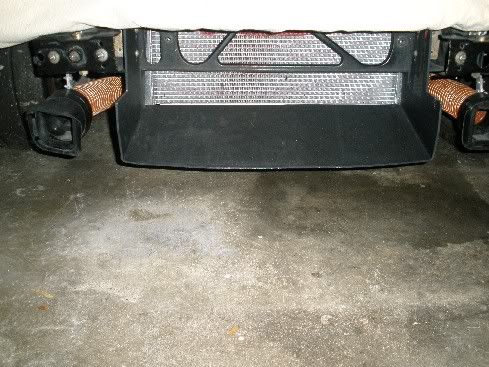I have constantly been working to improve the cooling on my car especially since my first engine went due to the oil boiling and loosing its viscosity.
I decided to make this thread to state what I think I know and to get input from other people with more knowledge.
There are a few things that I have read about optimizing the radiator.
1. Size: Size can be broken down into thickness, and width. A thicker radiator with the same density of air flowing through it will shed more heat than a longer radiator. A longer radiator can offer more airflow opportunity and therefore shed more heat than a radiator of the same thickness but less width.
Thick, full width core:
2. Material: Common materials used for radiator construction include plastic, copper, brass, and aluminum, The better the conductivity, the quicker the radiator will shed heat. Some products exist which increase the conductivity of heat such as Swaintech’s “heat emitting” BBE coating: http://www.swaintech.com/store.asp?pid=10968
- Airflow: airflow can be broken down into two parts, moving and parked. For both it is important to note that air like nearly anything in nature takes the path of least resistance.
With the car moving the radiator will naturally have airflow through it. The closer in the bumper opening size to the radiator size the greater amount of radiator surface area used. If the radiator is centered on the car, the pressure will be higher than if on the side of the car (think side mount intercoolers and oil coolers). To optimize moving airflow, you want high pressure in front of the radiator, and low pressure behind it. To lower the pressure behind the radiator you want to pull air out of the engine bay. There are three ways that this is commonly done.
1. by venting the hood. This method is quite tricky and requires testing to insure that the high pressure air above the hood and in front of the windshield doesn’t get pushed into the engine bay.
2. By creating vents behind the wheels and ducting the air out through them. This method is not possible for many cars without heavy fabrication due to the unibody. and
3. Below the car. From the factory the airflow through the radiator and enginebay continue below your car and is pulled by the fast moving air below. To insure air is forced through the radiator and not redirected around it shrouding or sealing/blocking ducting should be used.
Example of ducting forward of the radiator:
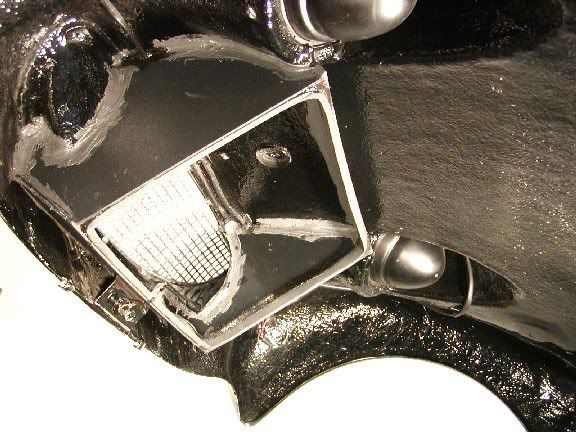
[FONT=Book Antiqua]Example of ducting behind radiator to vents:
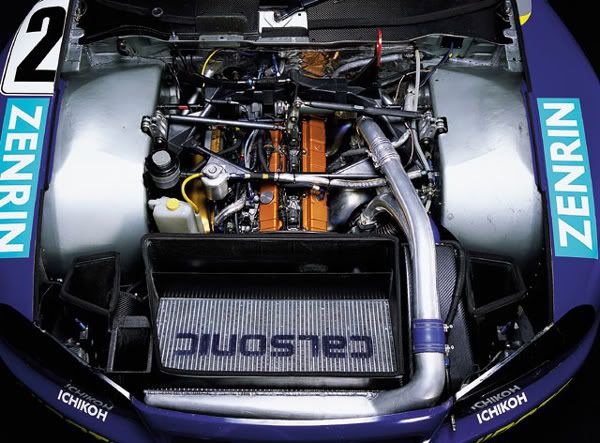
Example of a vented hood:[/FONT]

example of fender vents:
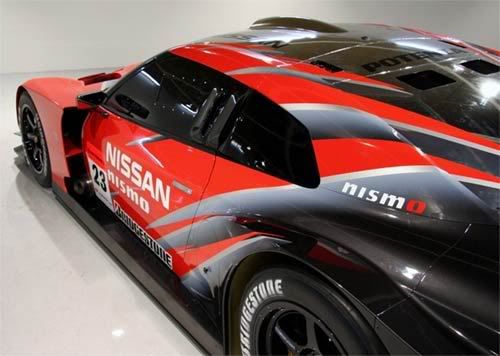
When parked the airflow is forced by a mechanical/belt driven or electric fan. With a mechanical/belt driven fan the fan is moving at its slowest speed while at idle and at its quickest speed when it is unneeded at higher RPM and the car is moving. Replacing a belt driven fan for an electrical one can decrease the load on your engine and improve cooling at idle. Electrical fans can aid in cooling even after you turn the car off. These fans are set to thermostats and relays so that they turn on when your car is above a certain temp and so they can remain on for a few seconds after you turn off your car to afford it additional cooling. For any fan, the airflow is again a matter of concern. If a fan does not have appropiate shroud to seal the fan to the radiator then the fan can pull the air from the engine bay itself so air from the front of the radiator will not be pulled through the radiator. The fan if wired appropiately with a reversible motor can be placed on the front side of the radiator but still requires the appropiate shrouding to insure the air is forced through.
Belt driven fan:
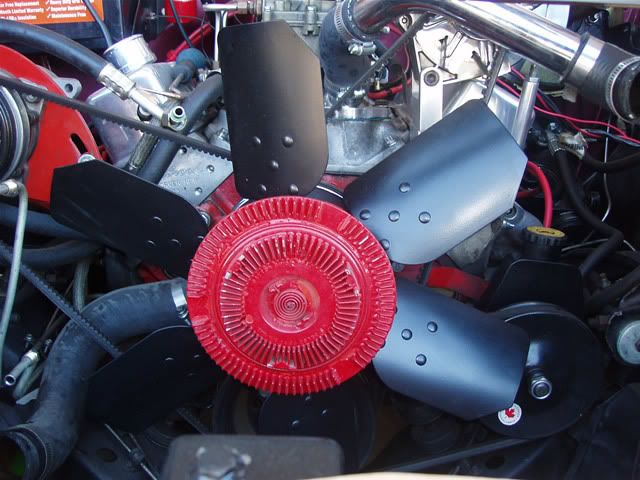
fal fan with shroud:
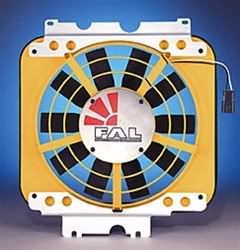
4. Fluids: Water is the best in terms of cooling, however the drawbacks include damaging rust which may go unnoticed inside your block and freezing in sub 32* temps. A 50/50 mixture of coolant and water will offer sufficenit cooling properties but will save your steel/iron parts. Additives such as water wetter increase the adhesive properties of water which improves heat transfer from inside of the radiators walls.
5. Insulate heat: This should go without saying, but by insulating heat emitting componants in your engine bay will reduce heat soak back into your radiator. Especially if your airflow out of the engine bay is not optimized. Simple modifications such as underdrive pullys can create much more heat in the engine bay which can soak back into your radiator and even intake. By skipping the underdrive pullys and by insulating hot headers, turbos, and exhausts engine bay and therefore engine and coolant temps can be reduced dramatically. A good way to do this is with turbo blankets or ceramic heat insulating coatings such as swaintechs “white lighting” http://www.swaintech.com/store.asp?pid=10969
turbo blanket
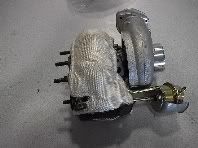
Work in progress, more to come.
